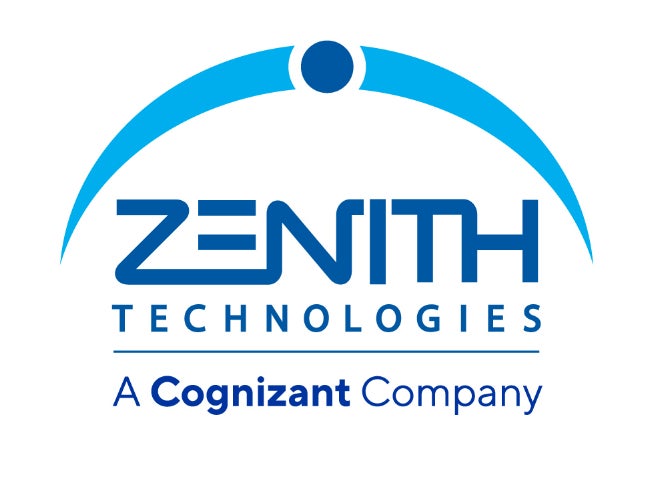Manufacturing automation first began to develop during the rise of industrial automation over a quarter of a century ago, and since then it has become common place across the majority of industries, including life sciences.
With an expected market size approaching $250 billion by 2018 (RnRMarketResearch.com,) the world of industrial automation is continuously evolving with new instrumentation and control products driving this growth forward; from PLCs, DCSs to nanotechnology, the Internet of Things and machine to machine networking.
With the rise of complex adaptive systems, multiprocessing and wireless technology, there has been much discussion over recent years of businesses about creating ‘the factory of the future,’ by using the latest innovations and technologies available.
The life science industry is cautious in the adoption of new technologies, with the need for compliance viewed as a higher priority than innovation.
Top five automation technologies of the future are:
- Artificial intelligence, which introduces genetics, neural networks and logic algorithms into automation and control. There are already some technologies like this in place such as Emerson’s Predict-Pro technology, which predicts when a particular device would fail and warns the user beforehand
- The role out of app-based applications that mirrors Windows 10 or iPhones. Everything could become app-based where you have a tactile based front-end with all apps, but also the classic Windows 7 based start menu where configuration would be done as normal. There are remote connection apps already in the market, which allows connecting to the live plant on a mobile device or tablet (iPad/iPhones). These also show major process critical alarms and batch messages on those devices
- Augmented reality: Microsoft already debuted Windows Holographics, a new augmented reality user interface built directly into Windows 10. This technology superimposes a computer-generated image on a user’s view of the real world, providing a composite view
- Hardware virtualisation: Removal of automation control hardware, including controllers and I/O cards and replace with virtualised controllers and cards that exist on servers with full fail over and redundancy servers for backup and high availability. This could be connected to electronic marshalling switches for wired panels. This has the potential to dramatically reduce cost, improve communication and provide or enhance adaptability. The next generation to this could include wireless instrumentation, which would further reduce connection costs
- Enterprise manufacturing intelligence: There is increasing demand towards the use of manufacturing intelligence (MI) in the pharmaceutical industry. It is not hard to imagine an increased engineering need to centrally aggregate data for analysis and also to provide an accessible interface for data. This data can be used to easily identify best practices for manufacturing streams based on equivalent plant production data
Summary
Although it is easy to see the benefits gained from these types of technologies, in an industry highly regulated, they would need to be tried and tested before being adopted into life science companies. It would also make sense to introduce them into new site builds as adopting these technologies in existing systems could prove expensive.

